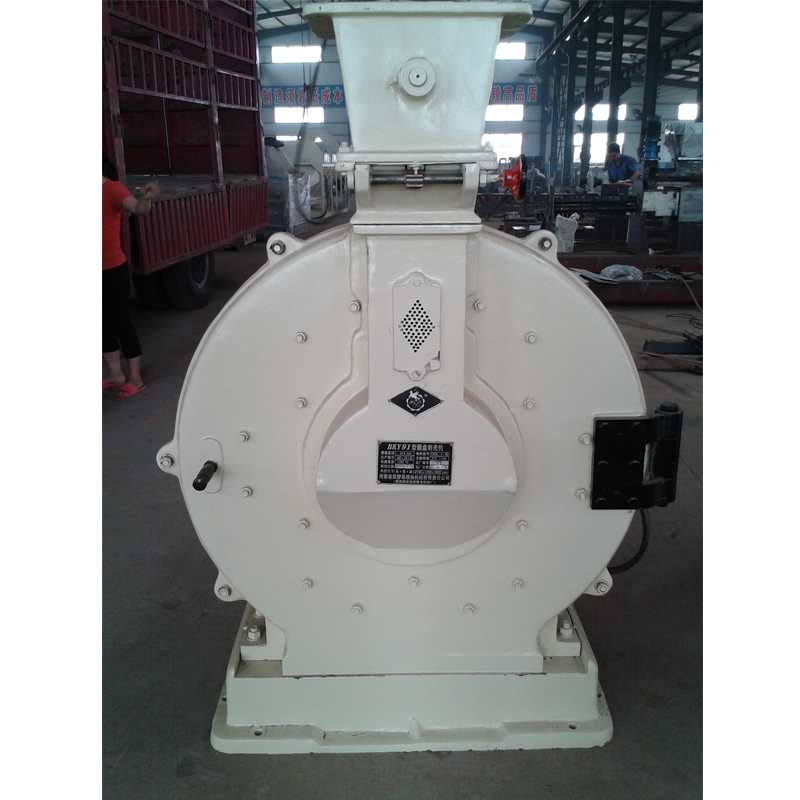Sep . 05, 2024 11:25 Back to list
High-Quality Cottonseed Oil Refining Machine | Advanced Processing Technology
The Importance of Cottonseed Oil and Its Refinement Process
Cottonseed oil, derived from the seeds of cotton plants, has garnered considerable attention in the culinary and industrial sectors due to its numerous beneficial properties. This oil not only serves as a valuable cooking ingredient but also plays a significant role in food processing and manufacturing. To fully appreciate cottonseed oil, it is crucial to understand the refining process and the machines involved in producing high-quality, safe-to-consume oil.
The production of cottonseed oil involves several stages, starting with the extraction of oil from the seeds. The seeds, after being harvested from cotton plants, undergo a mechanical or solvent extraction process. While mechanical pressing allows for a more natural extraction, solvent extraction—usually with hexane—yields higher quantities of oil. Once extracted, the crude cottonseed oil contains impurities such as phospholipids, free fatty acids, and pigments that can affect its quality and shelf life.
This is where the refining machine comes into play. The refining process usually consists of several steps degumming, neutralization, bleaching, and deodorization. Each of these stages requires specialized equipment to ensure the oil meets industry standards for purity and taste.
1. Degumming The first step involves removing phospholipids, which can lead to cloudiness in the final oil product. Degumming typically requires the use of water or acid, facilitating the separation of impurities. Modern degumming machines have automated systems that ensure efficient removal while maintaining quality.
famous cottonseed oil refined machine

2. Neutralization Next, free fatty acids are neutralized using a caustic soda solution. This process enhances the oil's flavor and extends its shelf life. Neutralization machines are designed to precisely control the reaction, ensuring that the final product is not only palatable but also stable over time.
3. Bleaching The bleaching stage is critical for improving the color and removing oxidation products from the oil. Activated earth or carbon is commonly used in this process. Bleaching machines apply heat and vacuum conditions to ensure the effective removal of unwanted pigments, resulting in a clear and aesthetically pleasing oil.
4. Deodorization The final and perhaps most important step involves the removal of volatile compounds that could affect the oil's taste and odor. Deodorization machines use steam distillation under high temperature and vacuum, which eliminates any remaining undesirable elements without compromising the oil’s nutritional quality.
The refined cottonseed oil produced through this meticulous process boasts a high smoke point, making it ideal for frying and cooking. Moreover, it is low in saturated fats and rich in polyunsaturated fats, including omega-6 fatty acids, which today’s health-conscious consumers appreciate.
In conclusion, the fame of cottonseed oil is not merely due to its culinary versatility but also the sophistication of the refining machines that contribute to its quality. As consumers increasingly demand healthier and more sustainable food options, understanding the processes behind the products we consume becomes essential. Cottonseed oil, backed by advanced refining technology, stands as a testament to how traditional crops can meet contemporary health standards and culinary needs. The continued evolution of refining methods will only enhance the profile of this valuable oil in both domestic and industrial markets.
-
Sunflower Oil Seed Press Machine - High Efficiency, Durable & Cost-effective Extraction
NewsJun.24,2025
-
High-Efficiency Physical Oil Refining Unit - Leading Exporters & Trusted Companies
NewsJun.10,2025
-
High-Efficiency Animal Oil Refining Machine - Leading Exporters & Reliable Companies
NewsJun.10,2025
-
Camellia Oil Mill Machine for Efficient Oil Extraction Leading Exporters & Companies
NewsJun.10,2025
-
Premium Pressing Shaft for Oil Press Machines Exporters
NewsJun.10,2025
-
High-Efficiency Centrifugal Filters Durable Industrial Separation
NewsJun.10,2025
